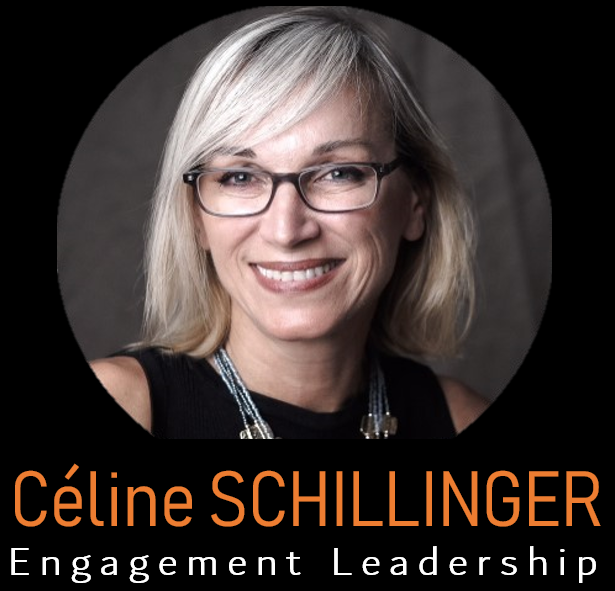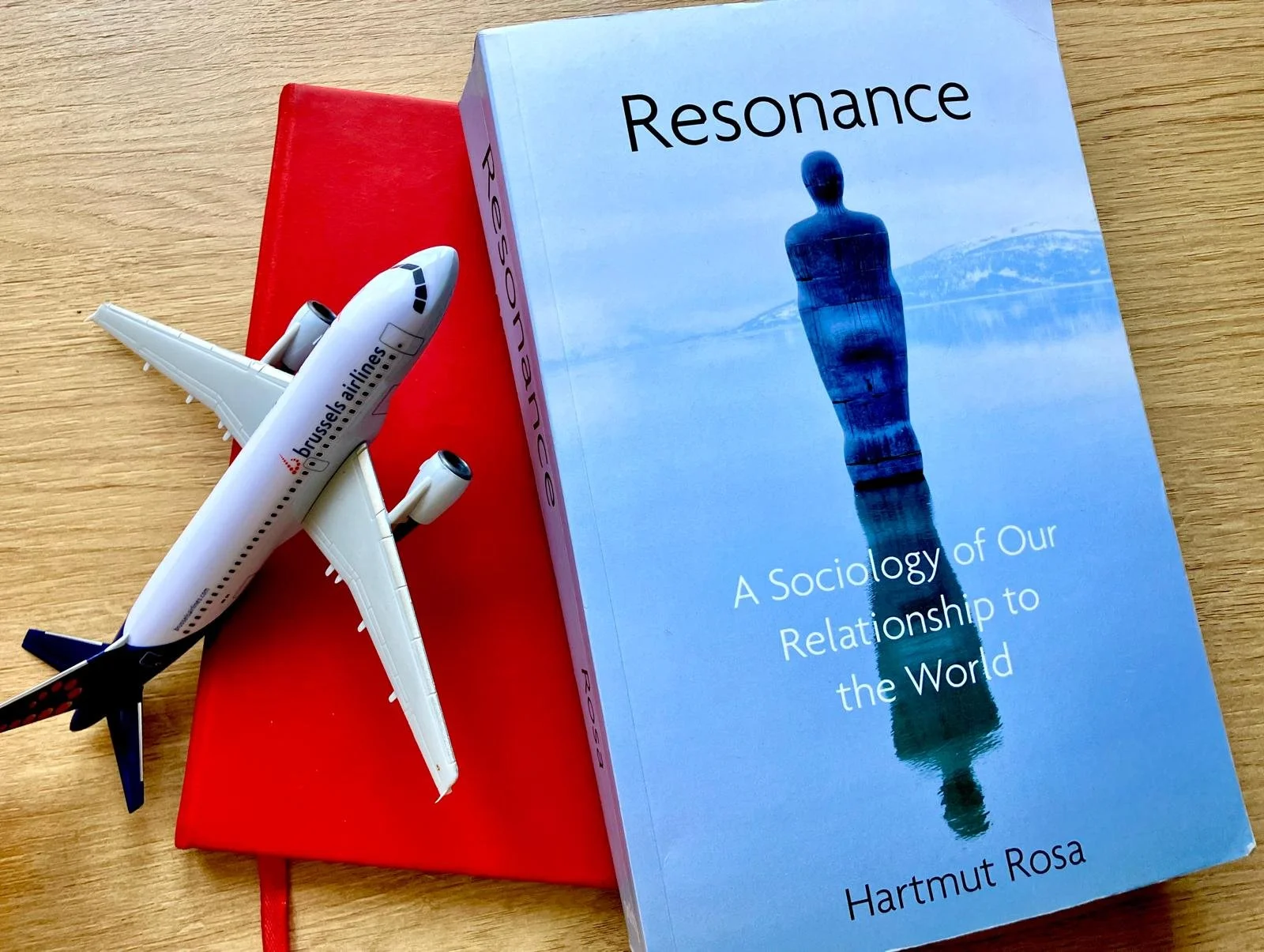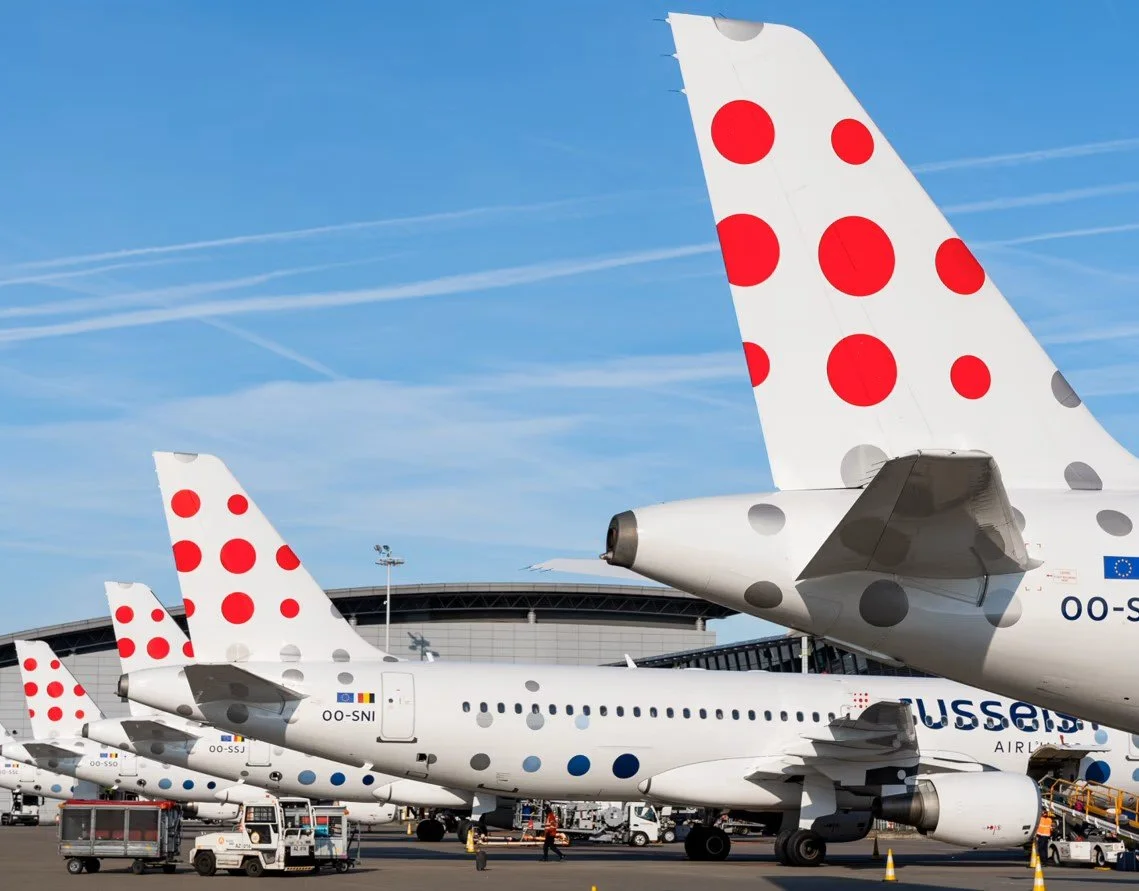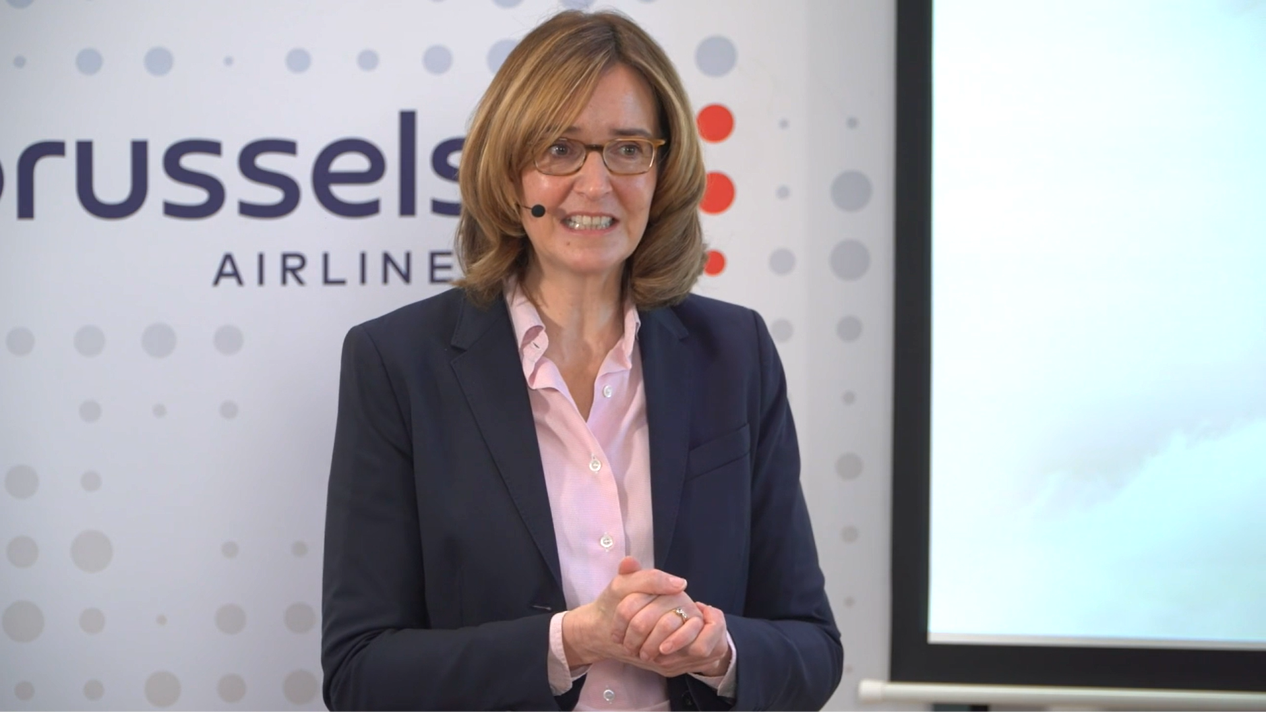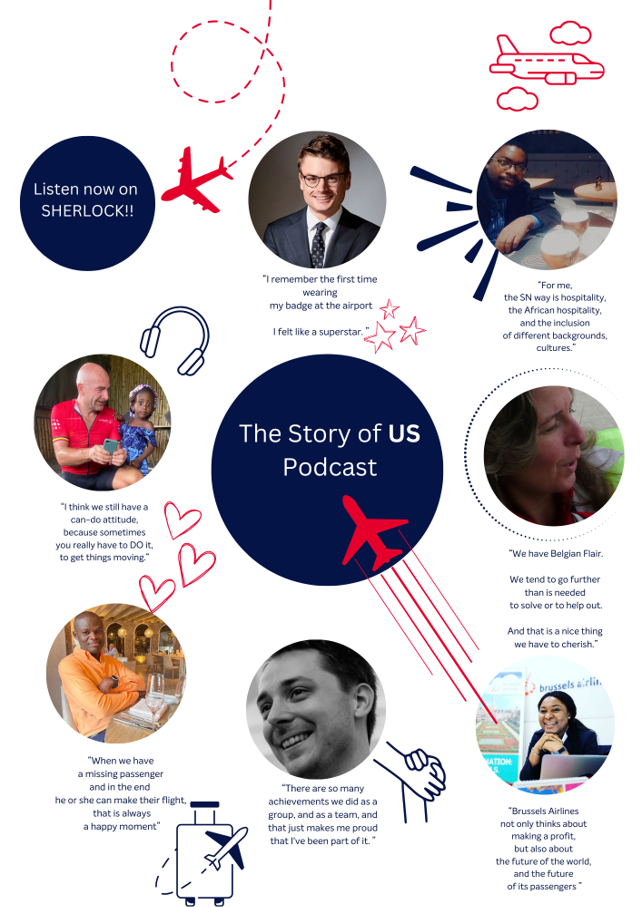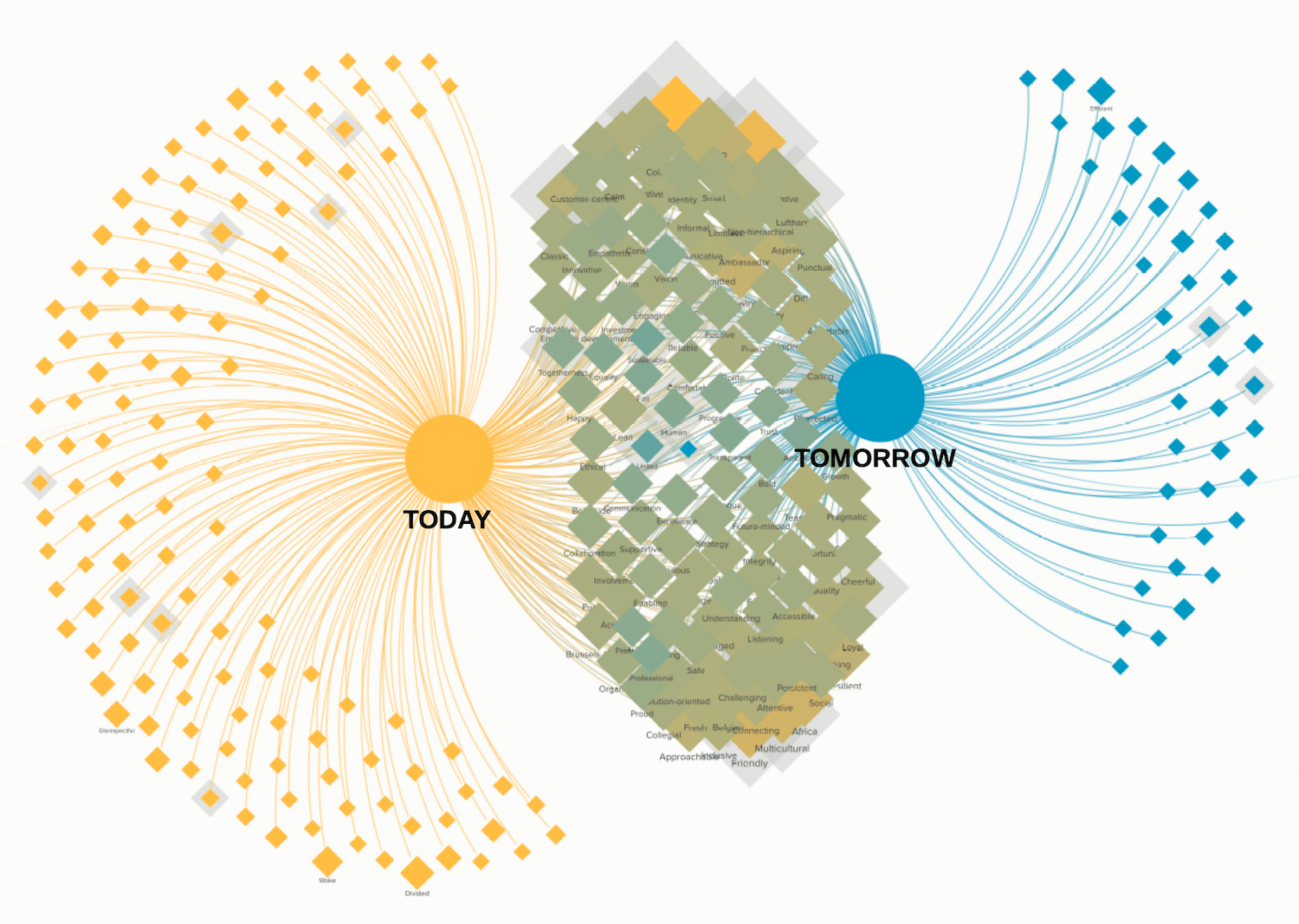The Community Studio: Making Resonance Real in the Workplace
Case Study - A real-life application of the principles of resonance
This is the third post of a series of articles: The “Un-Lead Vibe”: Resonating for a Better Future
Read Part 1 on the concept of resonance: The World's Silent Hum: Why We Need to Tune into Resonance
Read Part 2 on resonance & leadership: Many Voices Together: The Leadership of Resonance
In our journey to understand how work can genuinely "sing," we’ve explored Hartmut Rosa’s profound concept of resonance – a dynamic, transformative engagement with the world.
We’ve seen how traditional leadership relying on twisted self-efficacy or silo segmentation, but also "false good ideas" like superficial emotional stimulation or internal competition, can stifle this vital connection, creating "mute relationships" and fostering alienation.
We emphasized that true leadership isn't about control, but about cultivating the conditions for authentic resonance.
The big question has remained: great concept, but how do we move from theory to practice?
How do we go from understanding resonance to actively creating it on the ground?
How do we do this in the messy, complex reality of an organization?
This post offers a concrete answer, illustrating the principles of resonance-inducing leadership through a real-world application. This work was carried out at Brussels Airlines (airline IATA code : SN, a reminiscence of its predecessor Sabena), in partnership with their Human Resources & Change function (led by Jan Ooms), under the banner of The Community Studio.
Designed and facilitated by myself and Laila Noort, The Community Studio is a collective engagement resource that brings together the power of community and the impact of audio.
Let’s start with why Brussels Airlines reached out.
1. When an Organization’s Polyphony Goes Out of Tune
You may have already flown in one of its red-dotted tail planes. A major European carrier and the home airline of Belgium, Brussels Airlines operates a fleet of about 50 aircraft, serves more than 100 destinations, and flies millions of passengers a year.
Throughout 2024, Brussels Airlines was one of the most reliable airlines in Europe according to Cirium, the aviation data analysis company. For its on-time performance + claim processing + overall customer experience, it was even named ‘Best Airline’ globally by the American consumer platform Airhelp. It is a major employer, with approximately 4,000 people, ranked as the fourth most attractive employer in Belgium (Randstad). A significant part of its business relies on its large network to Africa, which creates a complex operational environment and a rich, diverse employee base.
Our story begins in mid-2023. Despite its impressive reach, Brussels Airlines was then far from harmonious. The issue was one of fragmentation and disconnect, making effective collaboration an uphill battle. The airline has a complicated history involving bankruptcies in the past, being taken over by a larger foreign group, laying off many people during the Covid-19 crisis before hiring new ones afterward.
This created deeply disparate realities: some people had been there for a very long time, while others were new, perceiving "very different realities" of the same employer. The culture itself was contentious, marked by a somehow conflictual spirit, strikes, and groups of employees unhappy with other groups of colleagues.
They also felt pressure from their parent company, the Lufthansa Group, to become more profitable. As the Group started some extensive work to define its culture, Brussels Airlines felt the need to reflect on exactly who they were and who they intended to be, instead of just going with the flow.
Brussels Airlines knew the change they needed wouldn't happen through internal communications alone, even though they have a formidable Internal Comms team. Note: it is incredibly difficult to connect employees whose large majority is up there flying in the sky! Not to mention people working on the floor in hangars, or with customers in outstations and airports, or on irregular shifts, and so on.
Dorothea von Boxberg - CEO, Brussels Airlines
Fortunately, the company had a senior leadership team ready to help bring their "collective polyphony" back in tune. In place since spring 2023, CEO Dorothea von Boxberg, who had already made a name for herself in previous roles for her modern and effective management style, was surrounded with a management team open to dialogue and innovation.
So, what did we do together?
2. The Brussels Airlines' Cultural Journey: A Resonance-Driven Design
Recognizing the need for a truly transformative approach, we co-created a project with the company, which became part of "The Brussels Airlines' Cultural Journey". This was a project designed not to manage change top-down, but to cultivate resonance from within.
“The Story of Us”: An Employee-Led Internal Podcast
We started the journey by inviting volunteers to join us in the creation of an employee-led internal podcast: “The Story of Us”. The podcast featured peer-to-peer conversations run entirely by the volunteers, whom we coached.
The technical aspects were kept as lean and uncomplicated as possible, thanks to advanced solutions (and a little ingenuity), requiring no recording studio, dedicated equipment or heavy post-production. We made sure the people of Brussels Airlines could have genuine conversations effortlessly – while recording great podcast episodes.
The focus was simple yet profound: "Who are you? What do you do? How are we doing things here?".
It stood in stark contrast to standard corporate podcasts, which often act as an additional channel for leaders to talk at people, and whose content, however important, "doesn't feel as 'authentic' as the voice of a random colleague from the field".
The senior executives had agreed that none of the episodes would be submitted for approval prior to broadcast. They had chosen to place their trust in their co-workers, which, in this context, was a true leadership decision and an indication of the type of culture they intended to foster.
The simple format we designed was crucial for cultivating resonance; we know how strong the dehumanizing pressures can be in a hurried, results-driven workplace. “The Story of Us” allowed people to hear and feel the humanity in their colleagues. The non-prescriptive approach left people free to listen whenever they wanted, fostering genuine interest and curiosity.
Of course, the fact that the CEO was an avid listener of the podcast, spoke enthusiastically about it, and sometimes even congratulated the podcast guests in person encouraged other colleagues to tune in. But the episodes were also genuinely interesting. They featured a variety of human stories, anecdotes, smiles, sometimes even constructive criticism.
The volunteer team was the driving force powering the podcast. It gathered people who often had never worked together before and didn’t even know each other. It was open to renewal on a regular basis, so as not to lock people into a volunteer role for too long and to create maximum diversity of voices.
Contributing to the project felt like an experience of connection and camaraderie, of broadening horizons—beyond the usual work routines—, of self-confidence and recognition. For some, it has even been a life-changing experience: as one of the podcast volunteers put it, it made her see herself and the world differently.
More than “just” podcast hosts, these individuals became a network of people with an interest in what emerged from the conversations: the company culture.
Data Visualization: The Impact of Dynamic Perception Maps
After several months of podcast conversations, we gathered and analyzed the transcripts with the help of large language models (AI). This piece of work was done in partnership with Ana Neves (Knowman), a data scientist by training, and an expert in everything knowledge management (and more). Ana and I collaborate on a regular basis on Network Activation, which you can read about on her website and mine.
Network Activation: Visualizing Culture at Brussels Airlines
We then created powerful visualizations of the emerging patterns and trends about the Brussels Airlines’ current and desired culture. These dynamic network maps offered "extraordinary insights" far beyond what typical employee surveys provide.
For example, we mapped perceptions of the company "today" versus "tomorrow". What did employees understand the company to be now? What did they hope it would become in the future?
One of the many visual insights produced by these maps is this: while many described the company as a "family" today, that word was almost nonexistent in descriptions of the desired future. Instead, people wanted to see a "well working, efficient professional organization". Being able to visualize these insights for leaders and employees alike was a "game changer". We were able to shift conversations, without brutalizing the community.
To lead an organization into the future, it is worth distinguishing between what people are truly attached to (what they want to take with them) and what is merely a relic of the past (to be honored, but also left behind).
Maps made it possible to see the differences in perception, but also the commonalities, between job types, age groups, tenure, and other variables. Visual representations were supported by verbatim, coming directly from the podcast, so as to have rich (warm) data and context to work with.
From Dialogue to Actionable Identity: Shaping a New Path Together
The visualizations became the basis for a "meta-conversation"—a dialogue about the dialogues—with the extended leadership team, facilitated by the podcast volunteers themselves. This was a deliberate step towards decentering leadership from "the few chosen ones" to a collective, co-shaping endeavor.
Our live use of AI for sense-making led to several "aha moments" for leaders, revealing key perceptions and prompting a profound shift in perspective.
From this dialogue, a draft Manifesto and a set of "POWER Principles" (Passion, Ownership, We, Excellence, Respect) were developed, based on themes that emerged organically from the conversations.
This draft was then injected back into the company through open "Culture Dialogues," again facilitated by the podcast volunteers, which were open to anyone who wanted to join and provide input and feedback.
The final Manifesto and POWER Principles, integrating this feedback, became the official expression of SN's evolving identity.
Finally (for now), a series of "Activation Sprints" began in 2025, where small, agile teams of volunteers and experts addressed together specific company topics (e.g., Recruitment, Crew Reporting, Customer experience of irregularities) and aligned them with the new principles. This ensured the co-created identity was actively lived and refined.
You can read the Brussels Airline CHRO's account of this story here and here.
Want to hear more from Jan Ooms? Stay tuned for the 4th post in this series, which will be a dialogue between him and I.
3. The Principles of Resonance Put into Practice
This project provides a powerful blueprint because it put the principles of resonance into practice in several key ways:
Enabling Active Self-Efficacy: The project shifted people from being receivers (“an audience”) to active co-shapers of the culture. I’m not talking about the volunteers alone, but about everyone who was offered multiple opportunities to contribute. This is about activating personal agency and a sense of collective self-efficacy, a key driver of engagement.
Note: think it’s easy to mobilize volunteers? Think again —you risk seriously frustrating your teams and creating a backlash. It takes special expertise, a solid conceptual background, and field experience. That's part of what Laila and I bring to the table.
Cultivating Relatedness and Shared Meaning: The project was peer-based, not cascading. It created bridges between silos, allowing people to discover commonalities with colleagues they didn't know. All the different types of conversations, starting with the podcast, made people "hear & feel the humanity in others". It facilitated a shared narrative, which Rosa describes as essential for community, as "Social communities are first and foremost communities of narration".
Amplifying Voices & Managing Complexity: The podcast and dialogues gave a voice to "random people" who would not usually speak. It didn't shy away from "contradiction" or presenting "tensions" (like Unity vs. Diversity), which Rosa insists is essential for true resonance, unlike a pathological "echo chamber". It helped the organization manage ambiguity, moving from a state of "certainty to curiosity".
4. Q&A
I’m aware that the above may not answer all questions, so:
How many people were involved in the change project?
From a small core of volunteers running the podcast and the “meta-conversation”, to dozens more involved in the "Culture Dialogues" and “Activation Sprints”, to hundreds interacting on the Culture Journey via the company internal app and events, to about half of the total workforce listening to the podcast top episodes... The project's strength was in its ability to generate widespread impact through a small, dedicated core and multiple, very diverse engagement opportunities.
How did people record their colleagues for the podcast?
The recording process itself was kept super simple, so that the volunteers have the freedom and creativity needed for the project. The volunteers were coached to become good hosts, learning to ask curious questions and create engaging conversations. Podcast episodes were skillfully edited by Laila.
How did you get senior leaders to buy into this unconventional approach?
We started with a dedicated conversation at the senior leadership level to establish boundaries and ensure their commitment. The CEO was adamant about involving people as "co-shapers of the change". The success came from not asking leaders to simply trust the process, but to "come along for the ride".
How long did the project take to show results?
The project was designed in September 2023, with the first podcast episodes published in November 2023. The initial insights for leadership were generated in mid-2024, and the final Manifesto and Principles were completed by the end of 2024. The activation cycle to implement the principles then began in January 2025. While building a living culture is an ongoing, long-term journey, results can be seen quickly.
Did everyone participate? How did you handle resistance?
Not everyone participated directly, but the project's non-obligatory nature was a key feature. It avoided the "child seat" dynamic, where people complain from the back. The project did not seek to "overcome resistance" but to "create spaces for encounter," inviting people to move from a state of certainty to one of curiosity.
Laila Noort & Celine Schillinger - The Community Studio
The Community Studio at Brussels Airlines is a powerful example of a leadership approach rooted in resonance. It embodies the shift from an aggressive, controlling approach ("What should we do?") to a more receptive, collaborative one ("How could we let?"). As Rosa says, "Human beings are resonance beings before they are rational beings".
This approach doesn't try to force resonance; it creates the conditions for this inherent human connectedness to re-emerge, clearing away the obstacles that mute our organizations.
If you or your organization are struggling with fragmentation, disengagement, or a sense of disconnection, the principles behind The Community Studio can help. We offer a whole range of starting points – internal podcast is just one of them. To discuss how a resonance-driven approach could be applied in your context, please contact us.
